Cappadocia’s fairy-tale landscape of honeycombed hills and towering rock formations has long drawn travelers seeking the famous hot air balloon rides. Yet the region’s most authentic experiences await those who choose to stay within its ancient cave dwellings, transformed into luxurious accommodations that connect guests with centuries of human ingenuity and craftsmanship.
Here is a list of 13 cave hotels in Cappadocia that offer experiences even more magical than floating above the landscape.
Museum Hotel
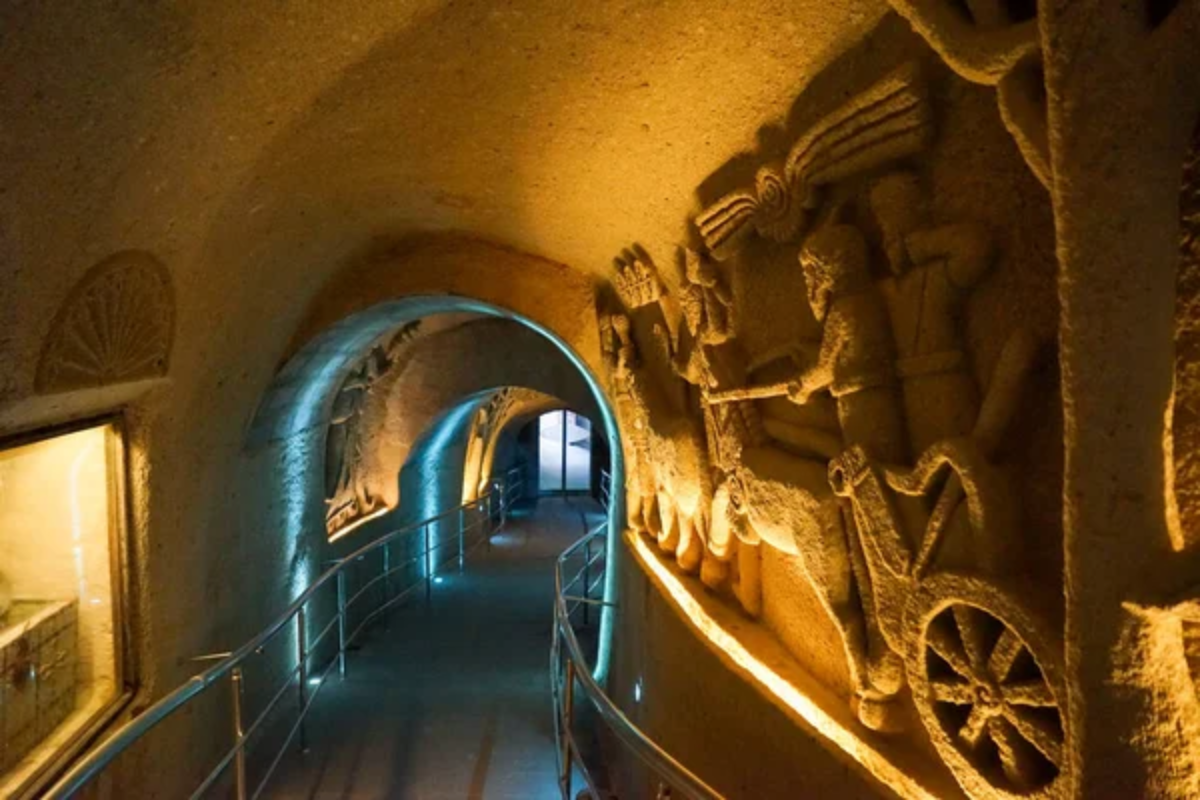
Carved into the curves of volcanic stone, the Museum Hotel stands as a living archive of Cappadocian heritage, with authentic artifacts displayed throughout its premises. Each room preserves original architectural features dating back centuries while incorporating modern luxuries with remarkable restraint.
The heated outdoor infinity pool offers views across the valley that rival any balloon journey – yet last throughout your entire stay. Dining here means sampling dishes created using traditional methods and ingredients grown in the hotel’s gardens.
Argos in Cappadocia
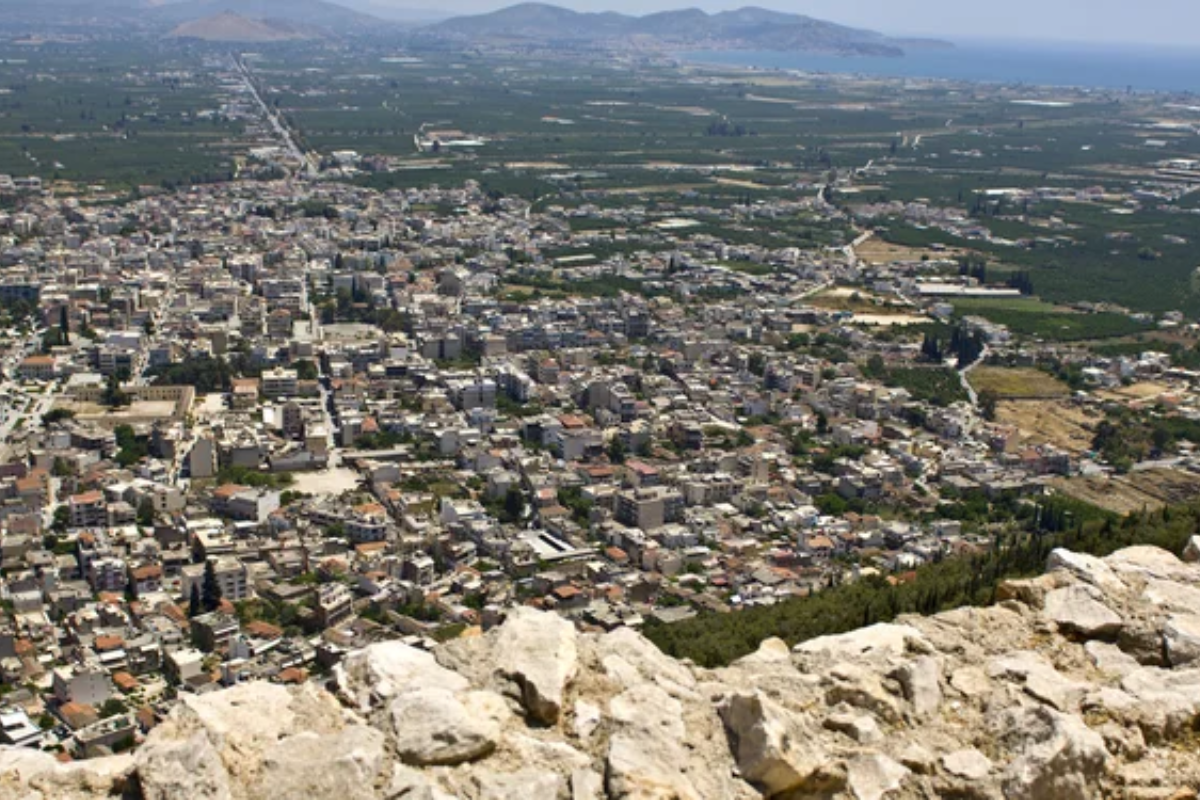
Rising from an ancient monastery complex, Argos connects seven restored historical dwellings via underground tunnels and terraced gardens. Stone passageways lead to rooms where Byzantine-era storage spaces now house fine wines produced from the hotel’s vineyards.
The transformation from ruins to world-class accommodation took nearly two decades of careful restoration work. Guests wake to sunlight filtering through hand-carved window frames that have witnessed centuries of changing Anatolian life.
Like Travel Pug’s content? Follow us on MSN.
Kayakapi Premium Caves
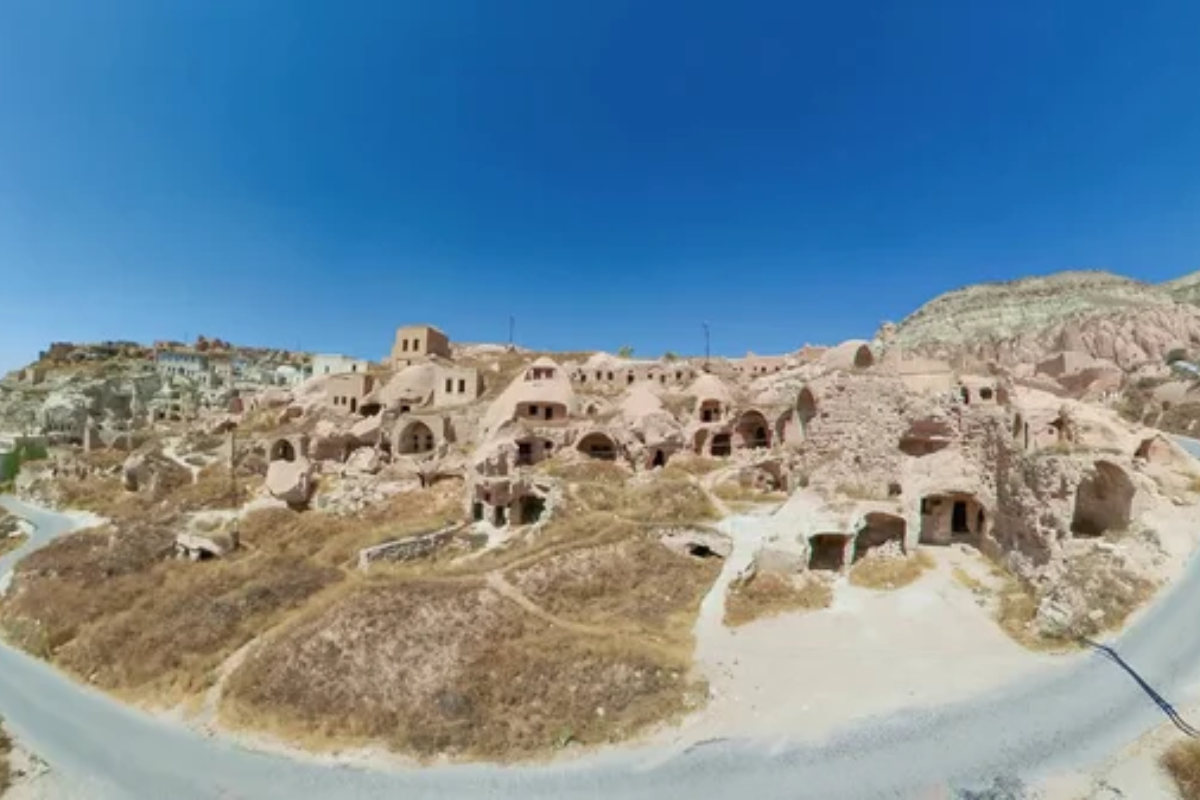
Set within a neighborhood that dates to the 5th century, Kayakapi preserves an entire hillside of historical cave dwellings and structures. The property encompasses restored homes, a historical mosque, and ancient storage facilities across a sprawling archaeological site.
Multi-level suites incorporate original stone hearths alongside heated floors and private plunge pools carved into volcanic rock. Restoration experts spent years studying traditional building techniques to ensure authentic preservation while adding contemporary elements.
Sacred House
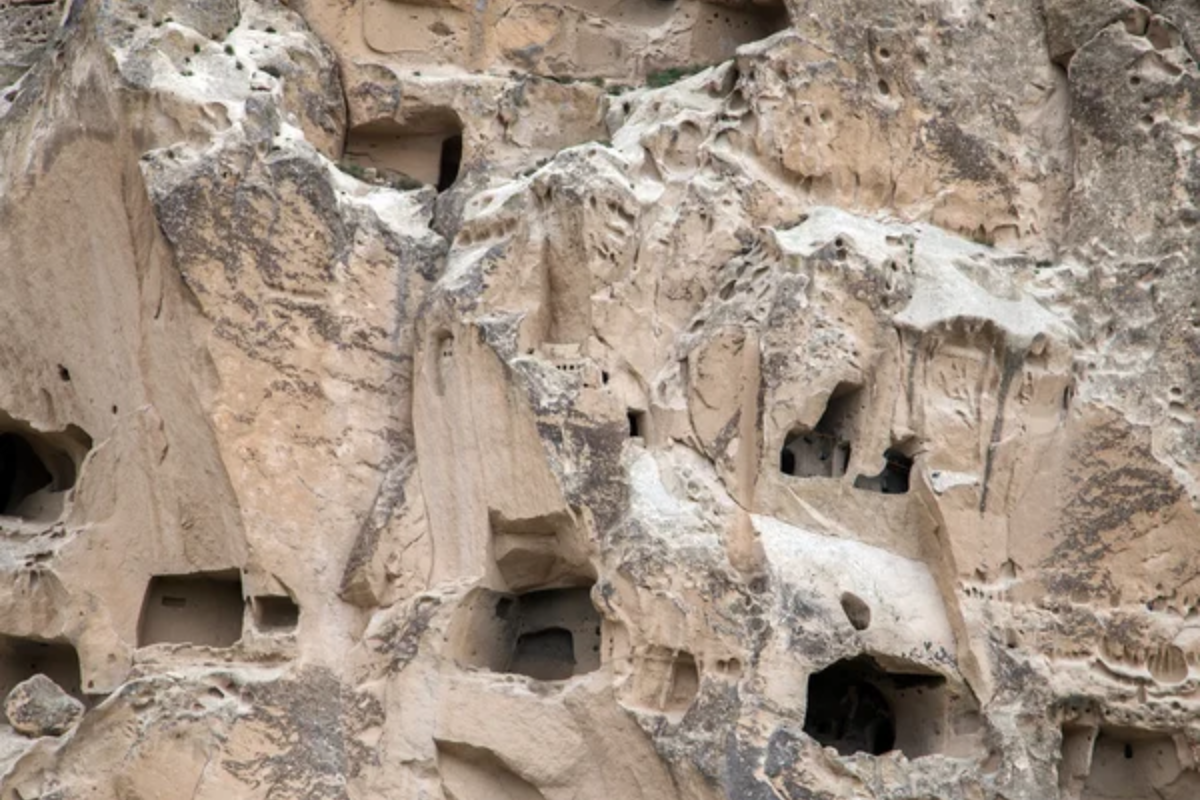
Occupying a 19th-century Greek mansion, Sacred House blends cave dwelling traditions with Ottoman luxury across thirteen uniquely themed chambers. Antique furnishings sourced from across Turkey complement stone walls bearing traces of ancient fresco work and carvings.
The hotel’s foundation incorporates sections of underground passages believed to have sheltered early Christians during periods of persecution. The property’s small size ensures personalized attention that mass tourism experiences simply cannot match.
Yunak Evleri
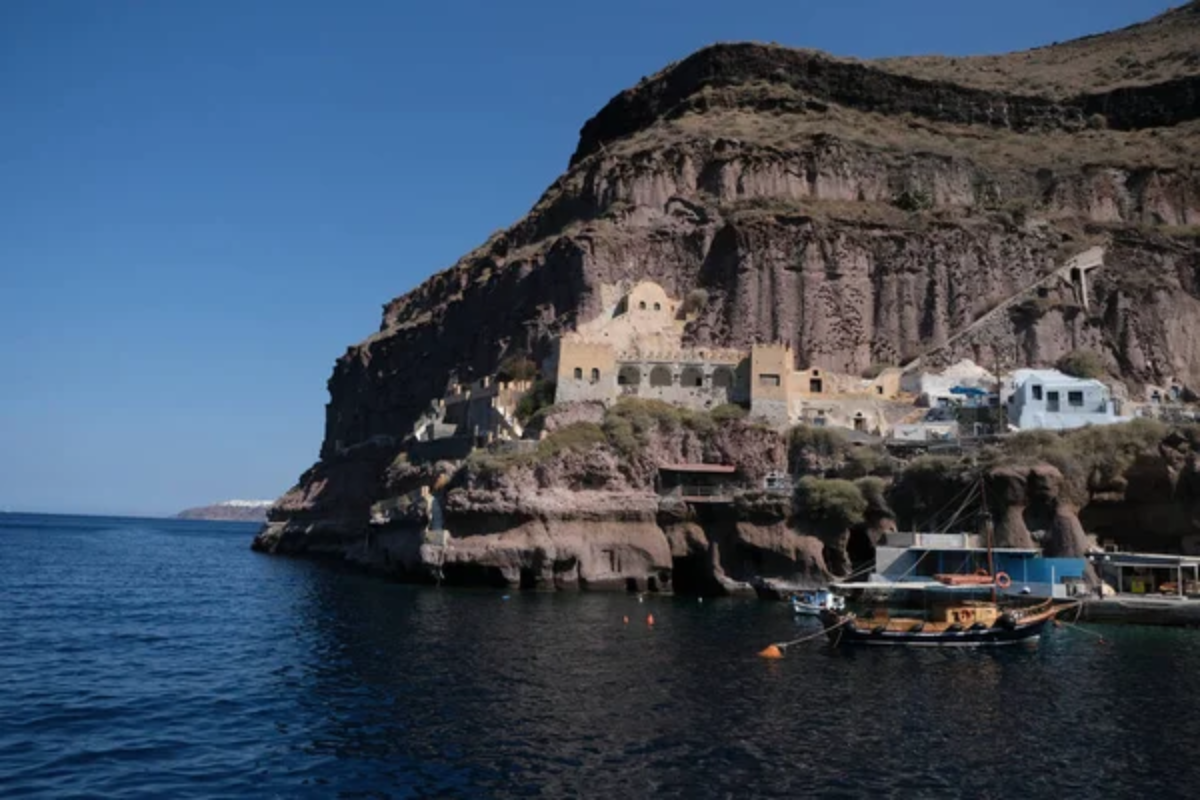
Spread across seven restored cave houses dating from the 5th century, Yunak Evleri connects 40 rooms via winding stone staircases and terraced pathways. Original chimney systems have been preserved as architectural features within suites that feature 15-foot ceilings carved directly into the hillside.
Hand-crafted wooden furniture complements the earth-toned stone surroundings with designs inspired by local traditions. Morning sunlight creates shifting shadow patterns across textured walls that no modern hotel could replicate.
Like Travel Pug’s content? Follow us on MSN.
Sultan Cave Suites
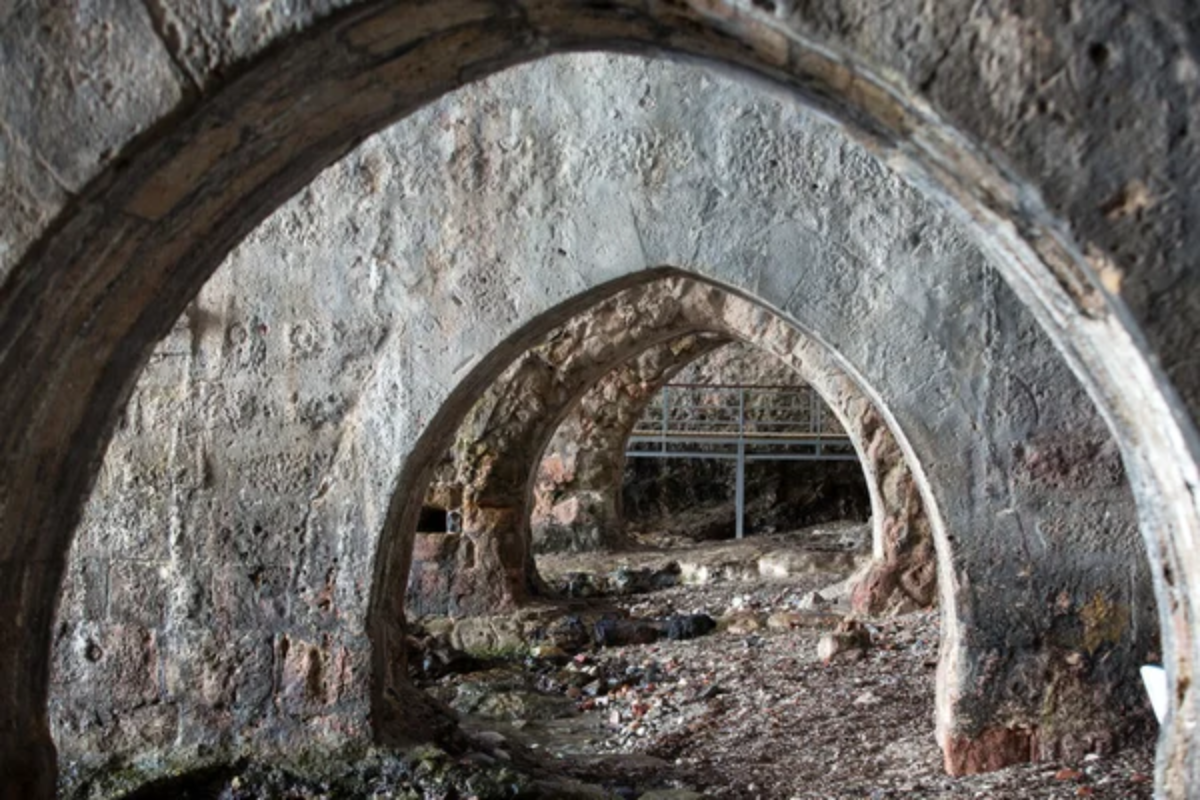
Perched at one of the highest points in Göreme, Sultan Cave Suites offers panoramic views from terraces that have become nearly as Instagram-famous as the balloons themselves. Rooms feature stone archways and niches that once served as storage areas for local families living within these spaces.
Traditional kilim rugs and copper artifacts adorn spaces where modern beds stand on platforms carved directly from the cave floors. The rooftop breakfast experience provides a front-row seat to the balloon launches without leaving your accommodation.
Mithra Cave Hotel
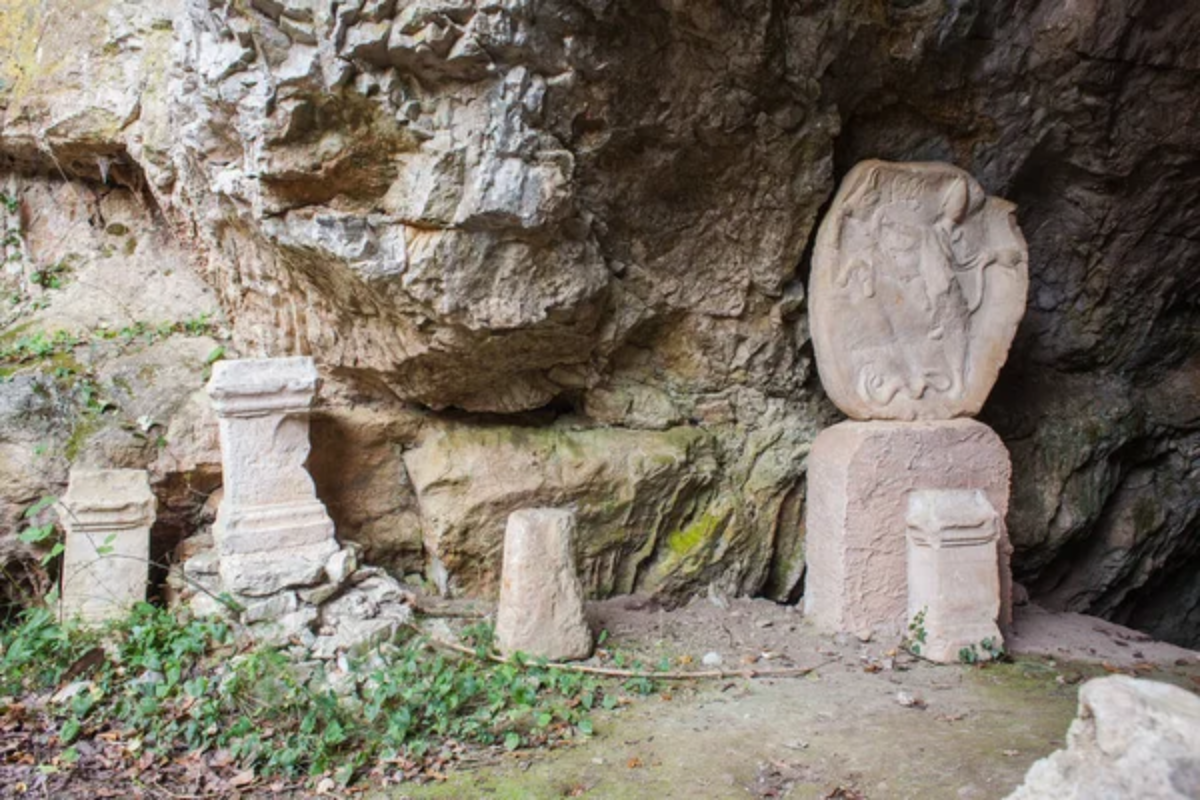
Combining caves from different historical periods, Mithra creates a timeline of dwelling techniques used throughout Cappadocian history. Each room category represents a different era of cave architecture, from simple, early Christian refuges to elaborate Ottoman-influenced spaces.
Stone terraces offer views across three different valleys, providing sunrise-to-sunset vantage points beyond what any balloon ride could offer. Traditional Turkish hammam facilities allow guests to experience bathing rituals practiced in the region for centuries.
Taşkonaklar Cave Hotel
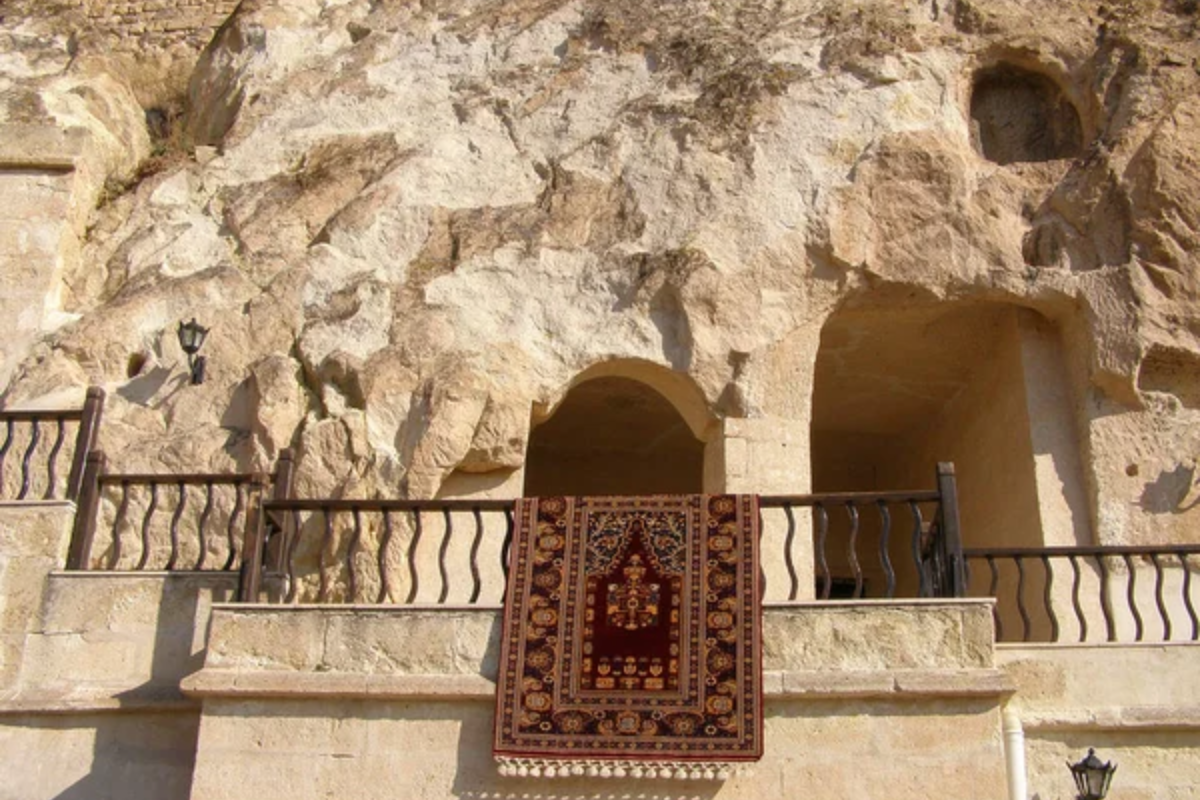
Built around a central courtyard in traditional Anatolian style, Taşkonaklar preserves architectural elements from multiple historical periods within its connected cave rooms. Massive stone blocks dating back to pre-Roman times form foundations for structures that have been continuously inhabited and modified for millennia.
Fireplaces occupy spaces that have warmed inhabitants through countless winters since long before modern heating systems. The property’s gardens grow herbs and vegetables using methods that have sustained local communities for generations.
Like Travel Pug’s content? Follow us on MSN.
Cappadocia Cave Resort
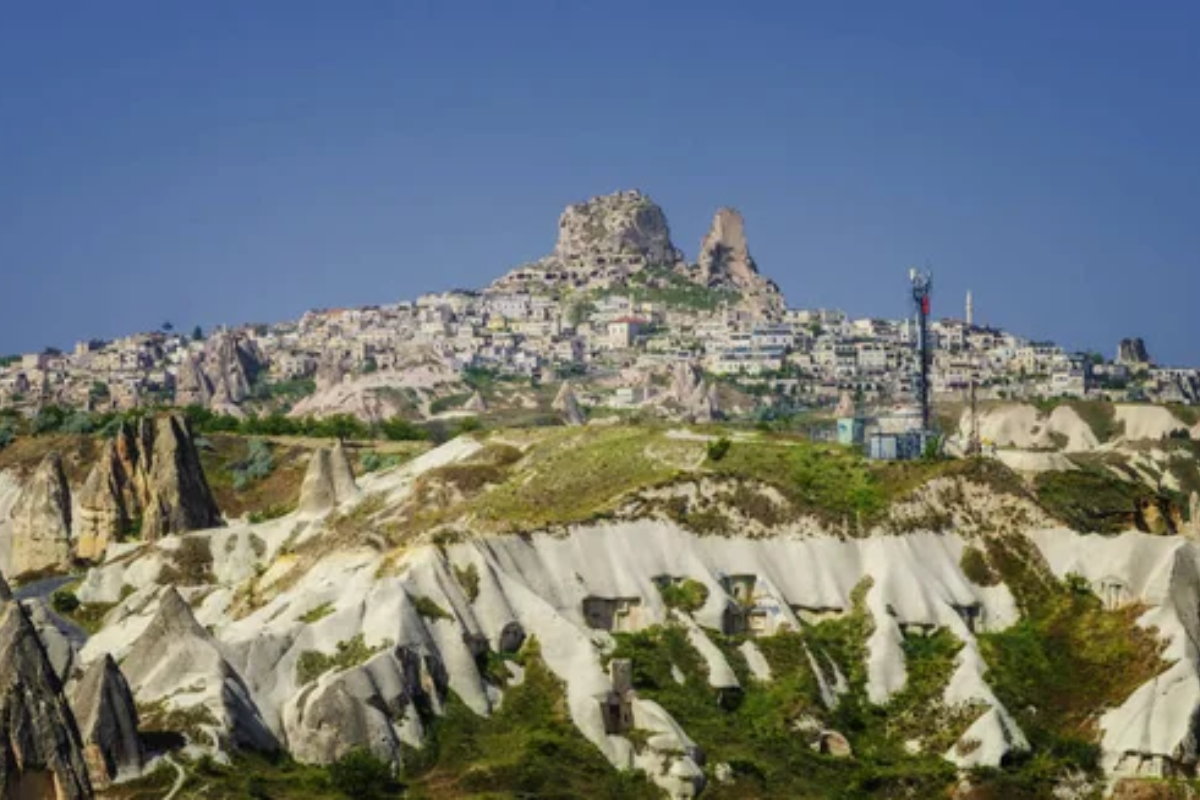
Blending contemporary design with cave-dwelling traditions, this property demonstrates how ancient spaces can accommodate modern luxury expectations. The resort’s extensive spa facilities occupy cave systems once used for food storage, where constant temperatures naturally regulate preservation.
Multi-level suites feature sections carved during different historical periods, creating a living timeline of architectural evolution. Private terraces positioned at various elevations offer individualized viewing experiences of the surrounding volcanic landscape.
Like Travel Pug’s content? Follow us on MSN.
Exedra Hotel
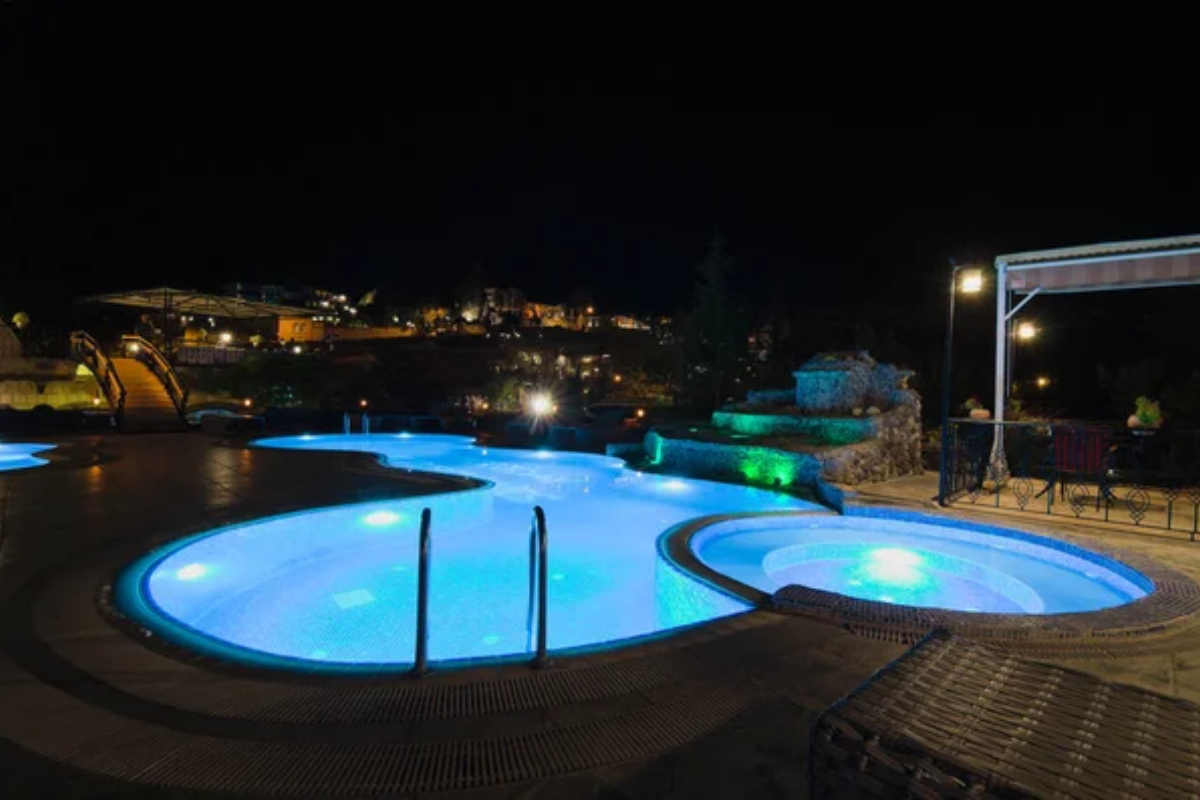
Centered around an ancient courtyard where traders once gathered, Exedra preserves communal spaces that fostered Cappadocian community life for centuries. Rooms feature distinctive keystone arches particular to the Greek Orthodox communities that once dominated this specific neighborhood.
Original water cisterns have been repurposed as atmospheric dining spaces where traditional cooking methods are demonstrated during evening meals. Former animal shelters now house a small museum of agricultural implements used throughout the region’s history.
MDC Cave Hotel
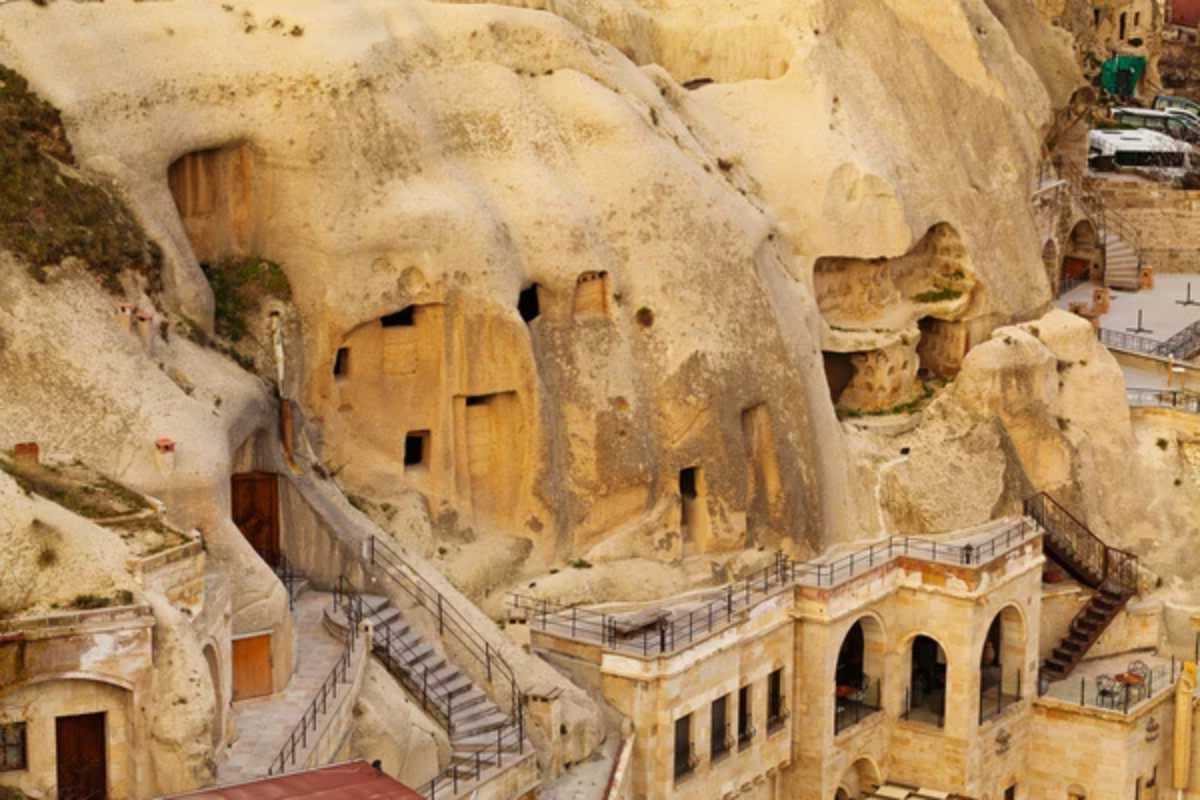
Carved into a less-developed section of the Ürgüp region, MDC showcases rawer cave formations with minimal architectural intervention. Suites maintain the irregular shapes of natural caves while incorporating luxury touches that respect the original spaces.
The property features caves that once served as emergency shelters during periods of regional conflict throughout Anatolian history. Outdoor relaxation pools occupy spaces where rainwater collection systems once sustained entire communities during dry summer months.
Doors of Cappadocia
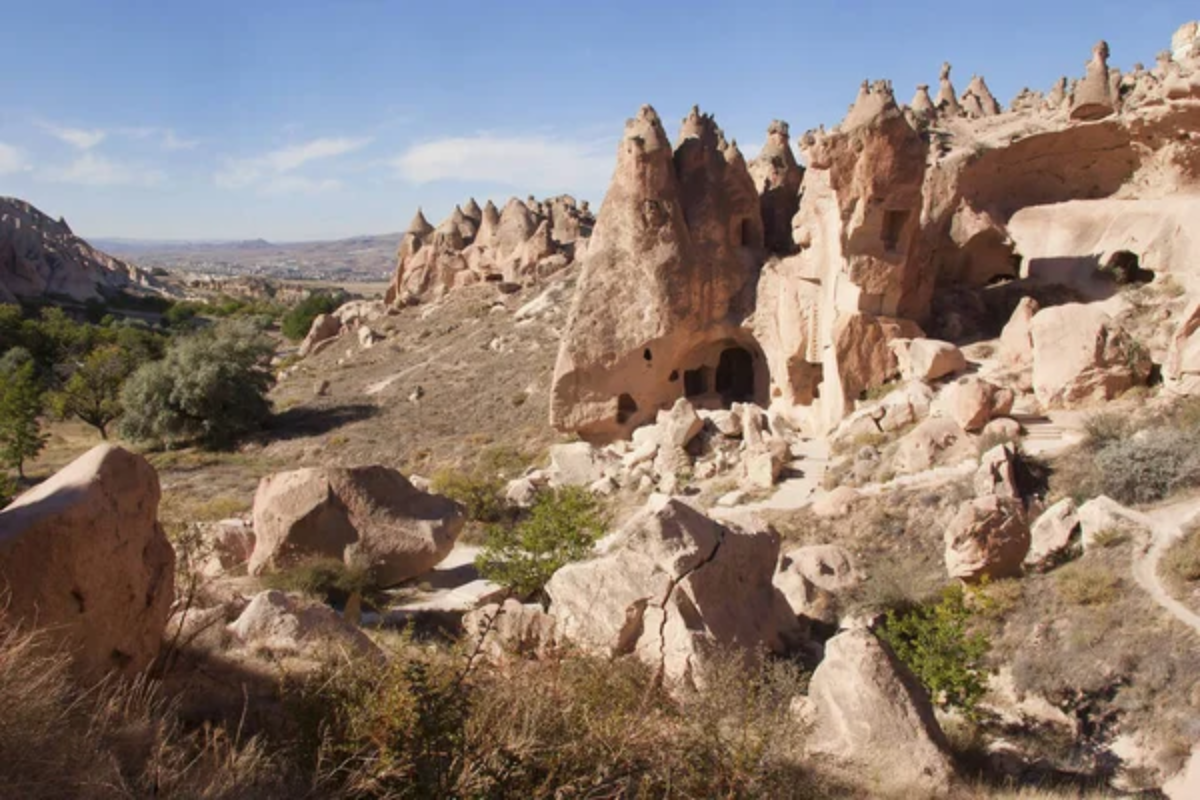
Named for the distinctive ancient doorways preserved throughout the property, this hotel maintains original thresholds that have welcomed travelers for centuries. Room categories correspond to different historical uses of cave spaces, from humble dwellings to religious gathering areas and storage facilities.
Hand-carved decorative elements show the influence of various civilizations that have controlled the region throughout its multilayered history. Traditional cooking courses utilize kitchen spaces designed according to ancient layouts.
Like Travel Pug’s content? Follow us on MSN.
Tekelli Konagi
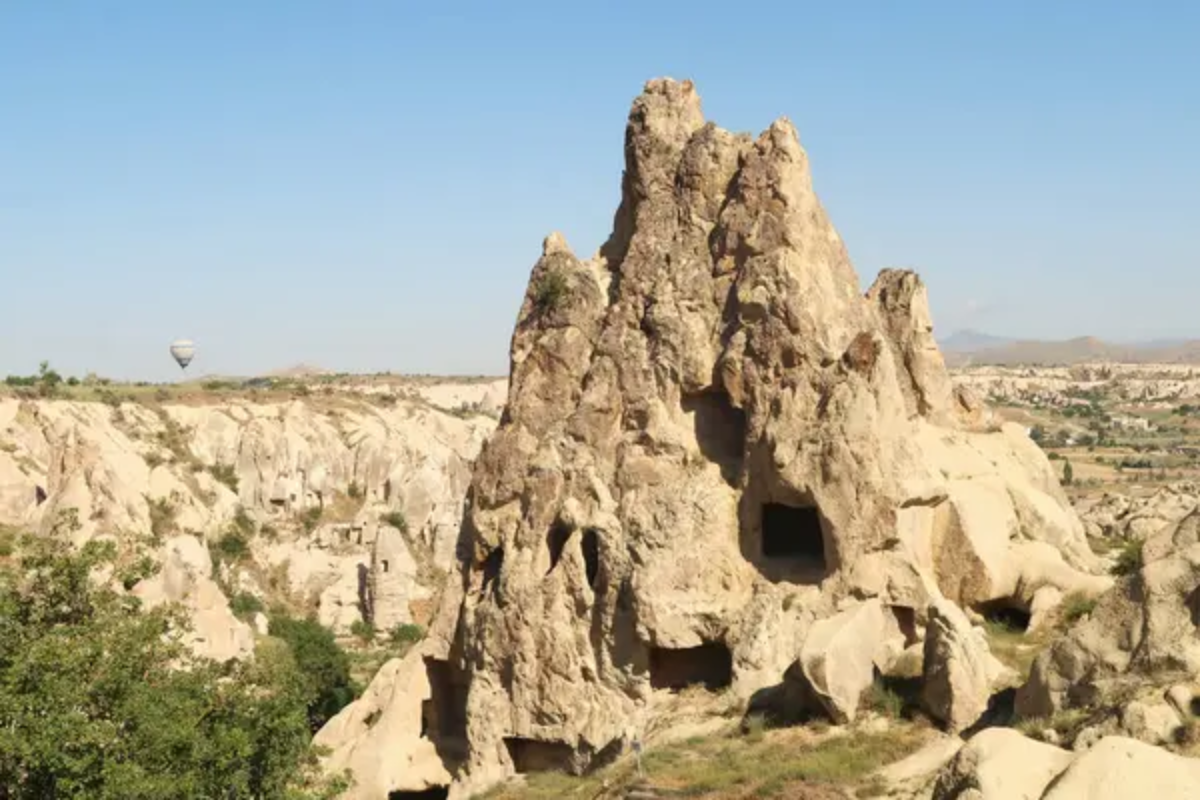
Occupying what was once a wealthy family’s estate, Tekelli Konagi preserves aristocratic cave-dwelling traditions rarely seen in other properties. Original hammam facilities that once served an extended household have been restored using traditional materials and techniques.
The property showcases distinctive ceiling carvings believed to have astronomical significance to earlier inhabitants. Former wine production caves maintain perfect conditions for storing the region’s distinctive vintages, available during nightly tasting sessions.
Enduring Stone Legacy
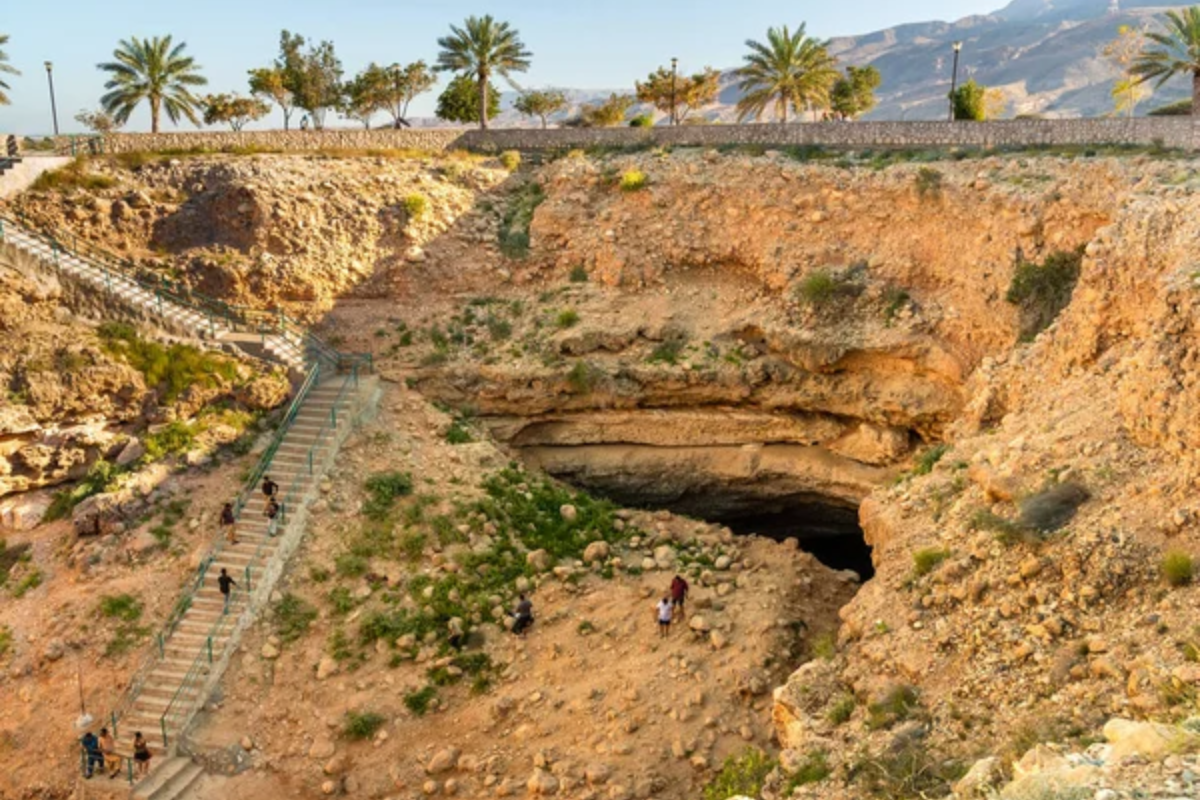
What makes these cave accommodations truly special transcends mere novelty – they offer immersion in a continuously inhabited landscape where human innovation has shaped living spaces for millennia. While hot air balloons provide fleeting glimpses of Cappadocia’s exterior beauty, staying within its ancient stone chambers connects travelers to countless generations who found ingenious ways to transform challenging terrain into comfortable dwellings.
The silent strength of these volcanic walls offers perspectives on human adaptability that no aerial view could provide.
More from Travel Pug

- 20 Towns Built for One Purpose That Were Later Abandoned
- 15 Hidden Spots in Disney World’s Magic Kingdom Most Visitors Miss
- 20 Once-Popular Beach Towns That Are Now Ghostly Empty
- 15 Canyons in the U.S. That Are Just as Stunning as the Grand Canyon
- 10 Under-the-Radar Mountain Towns That Are Both Affordable and Beautiful
Like Travel Pug’s content? Follow us on MSN.
